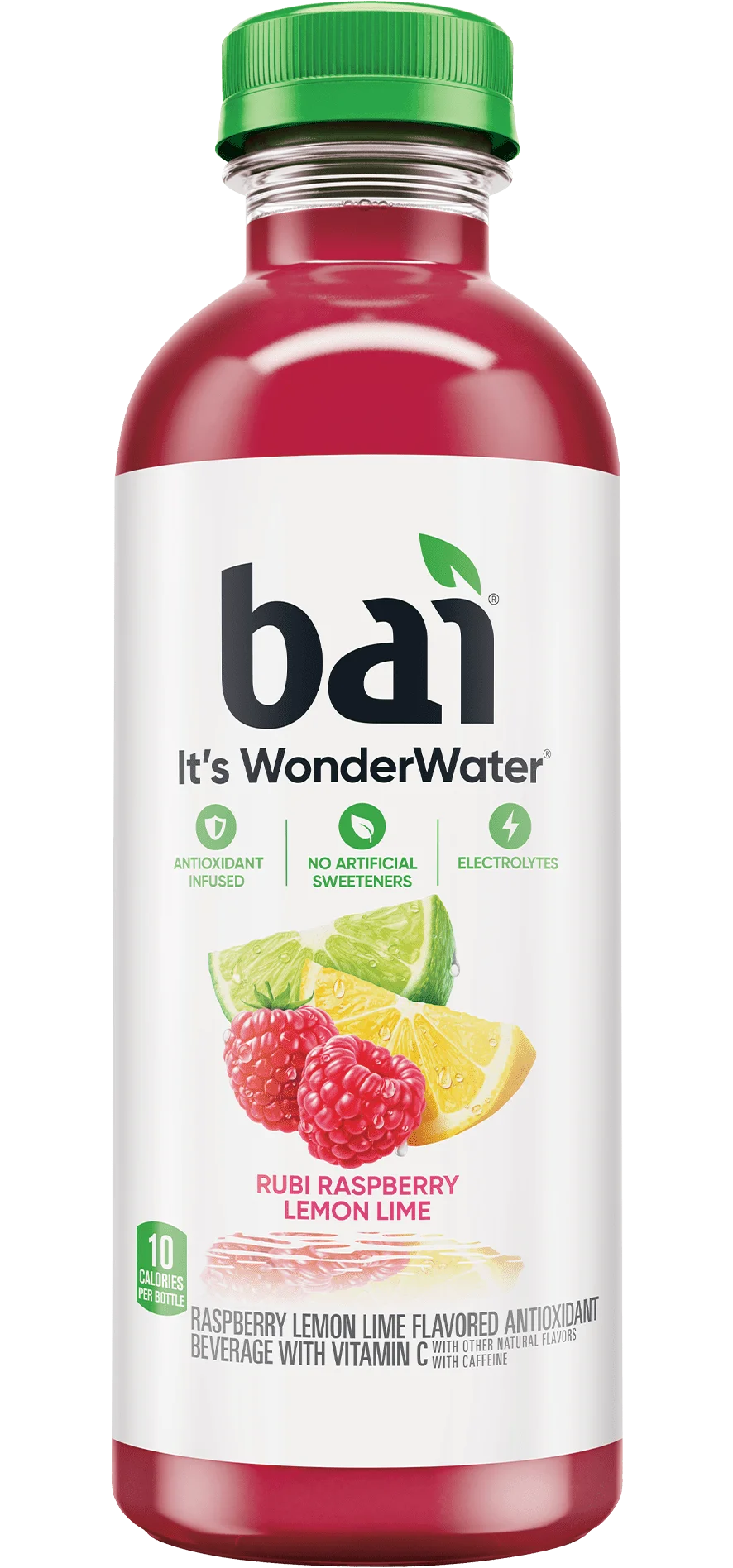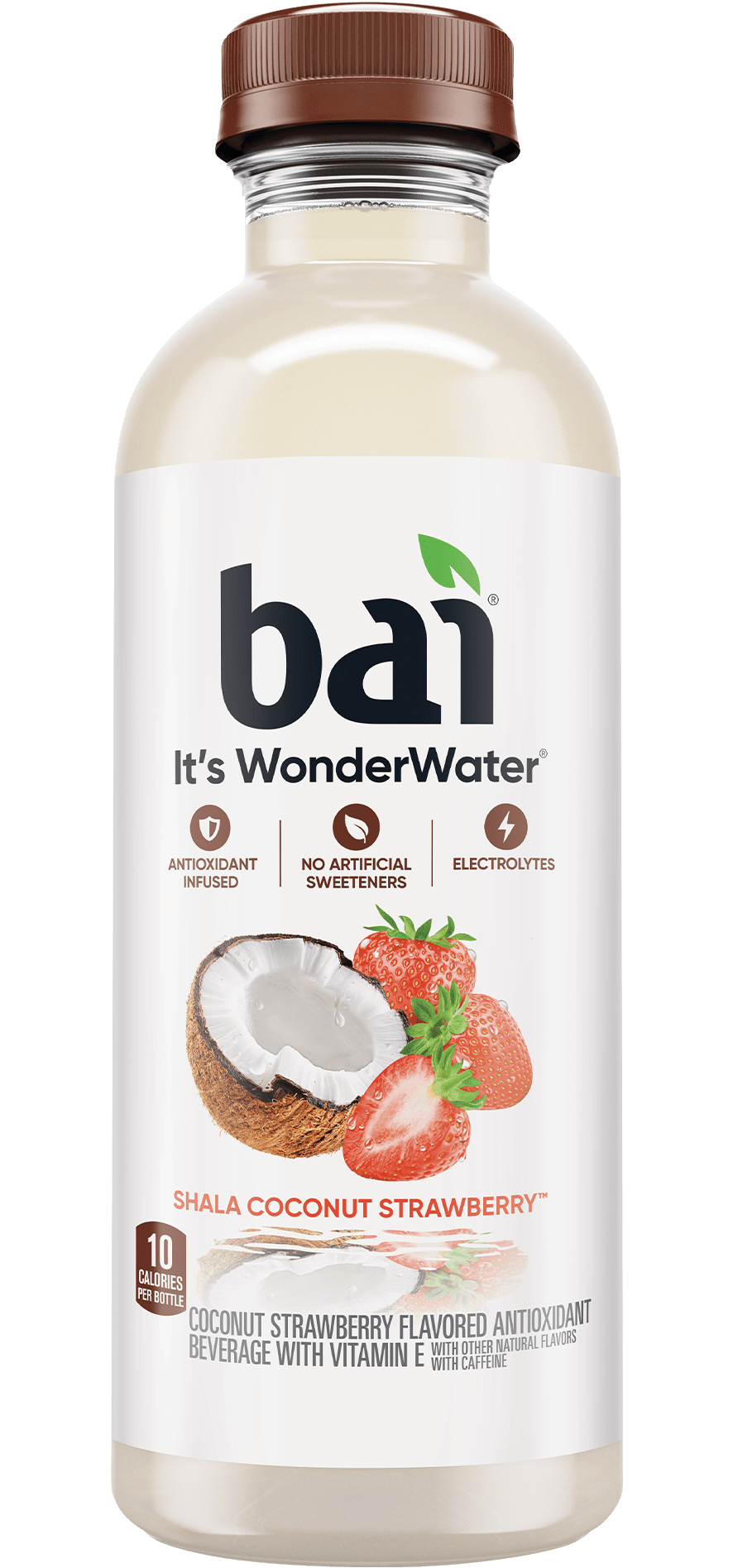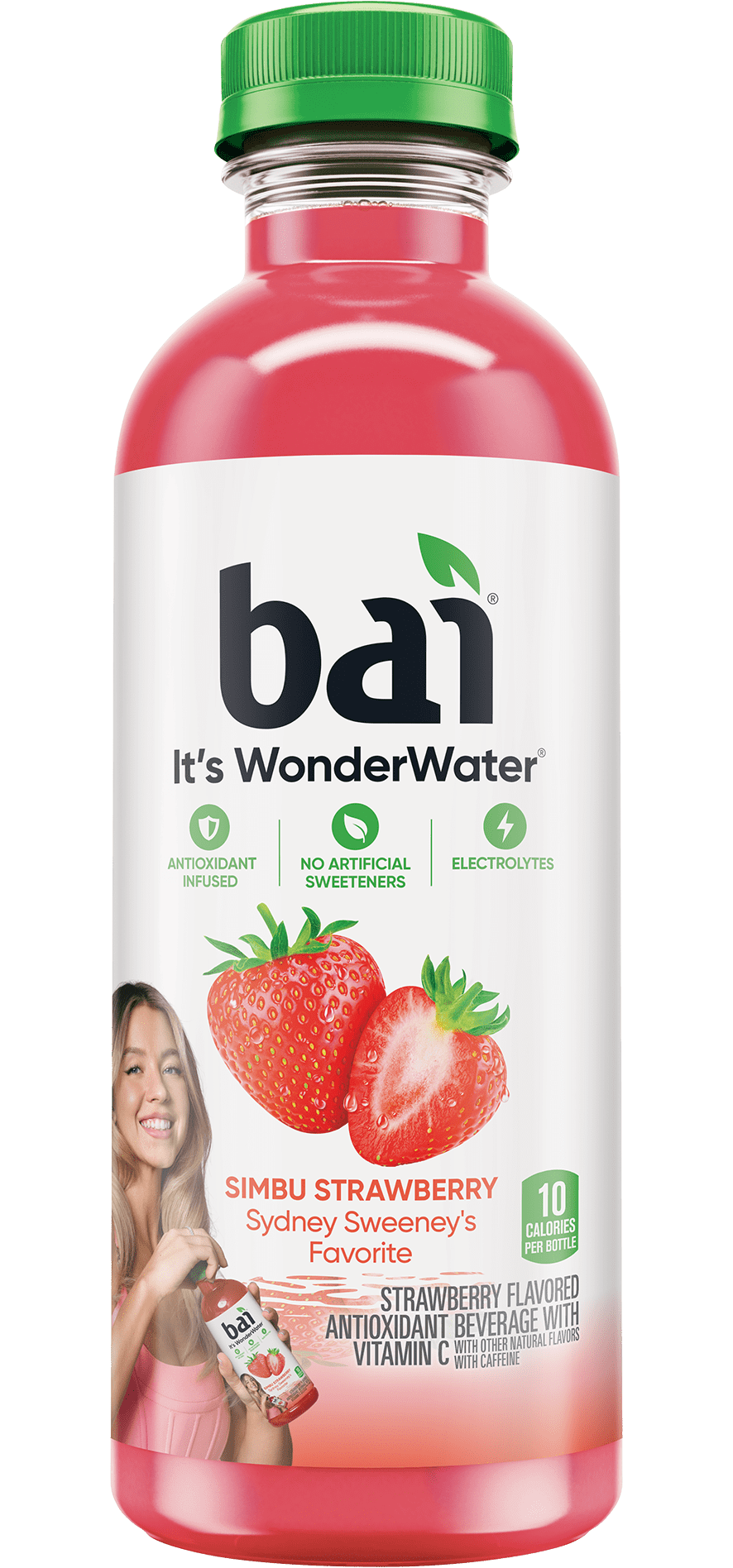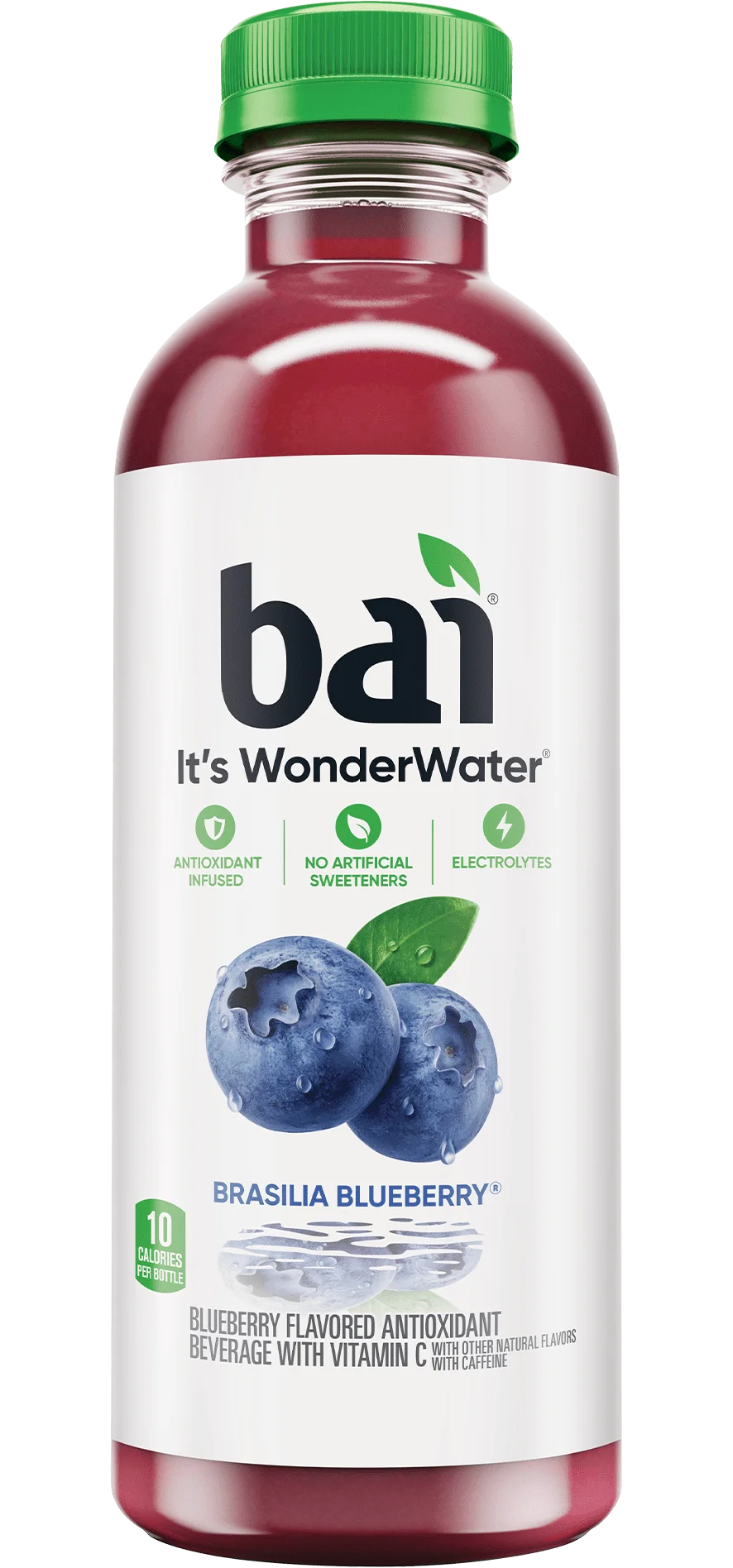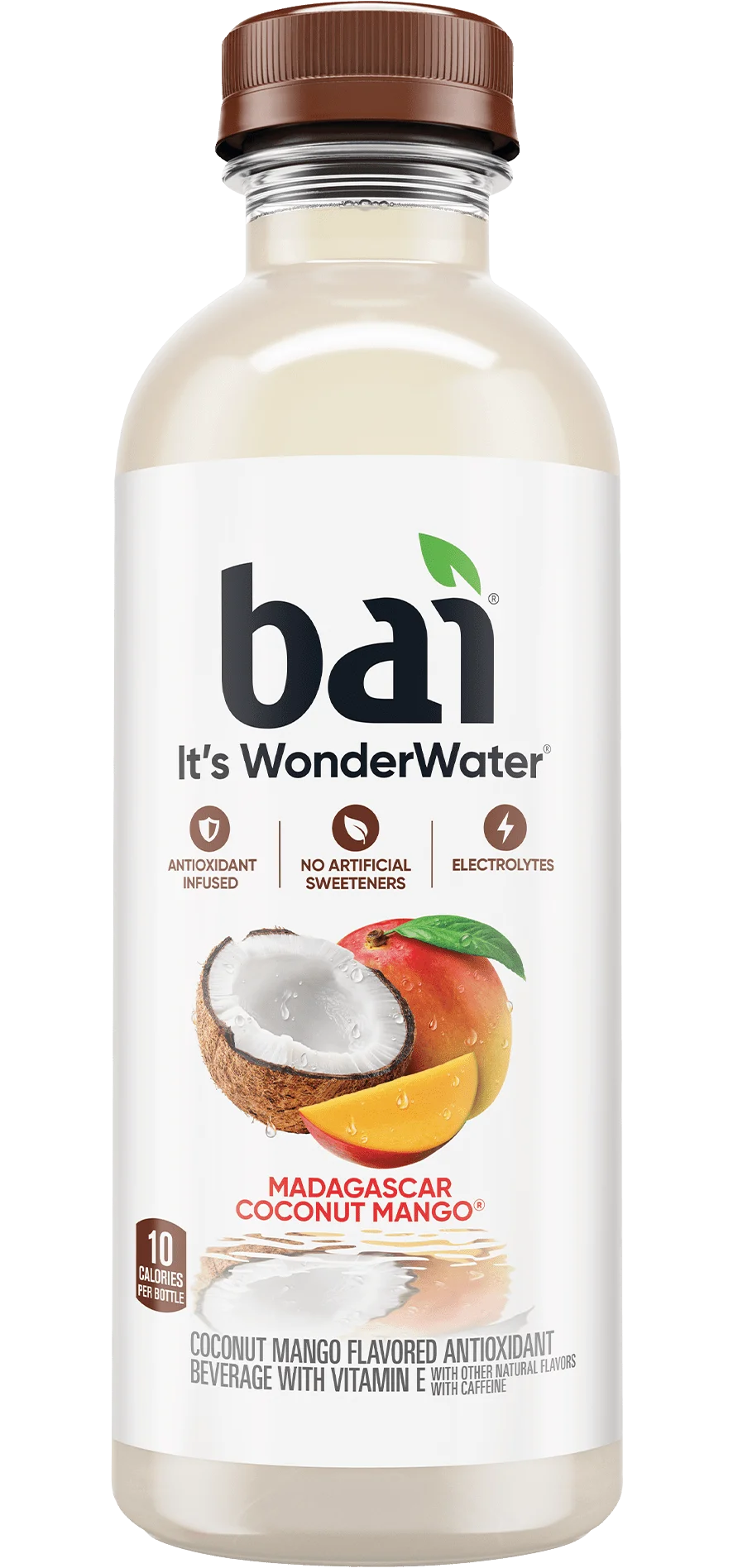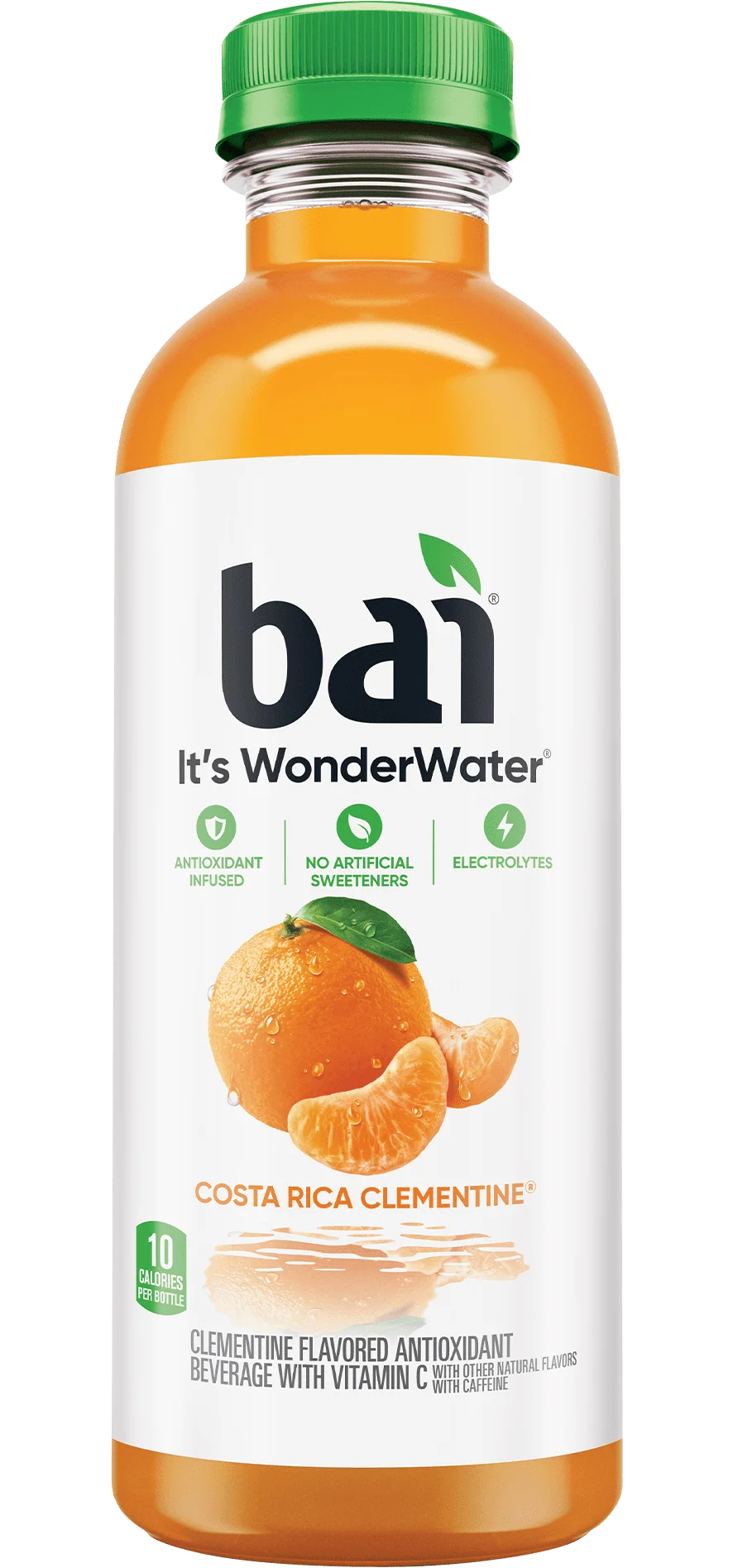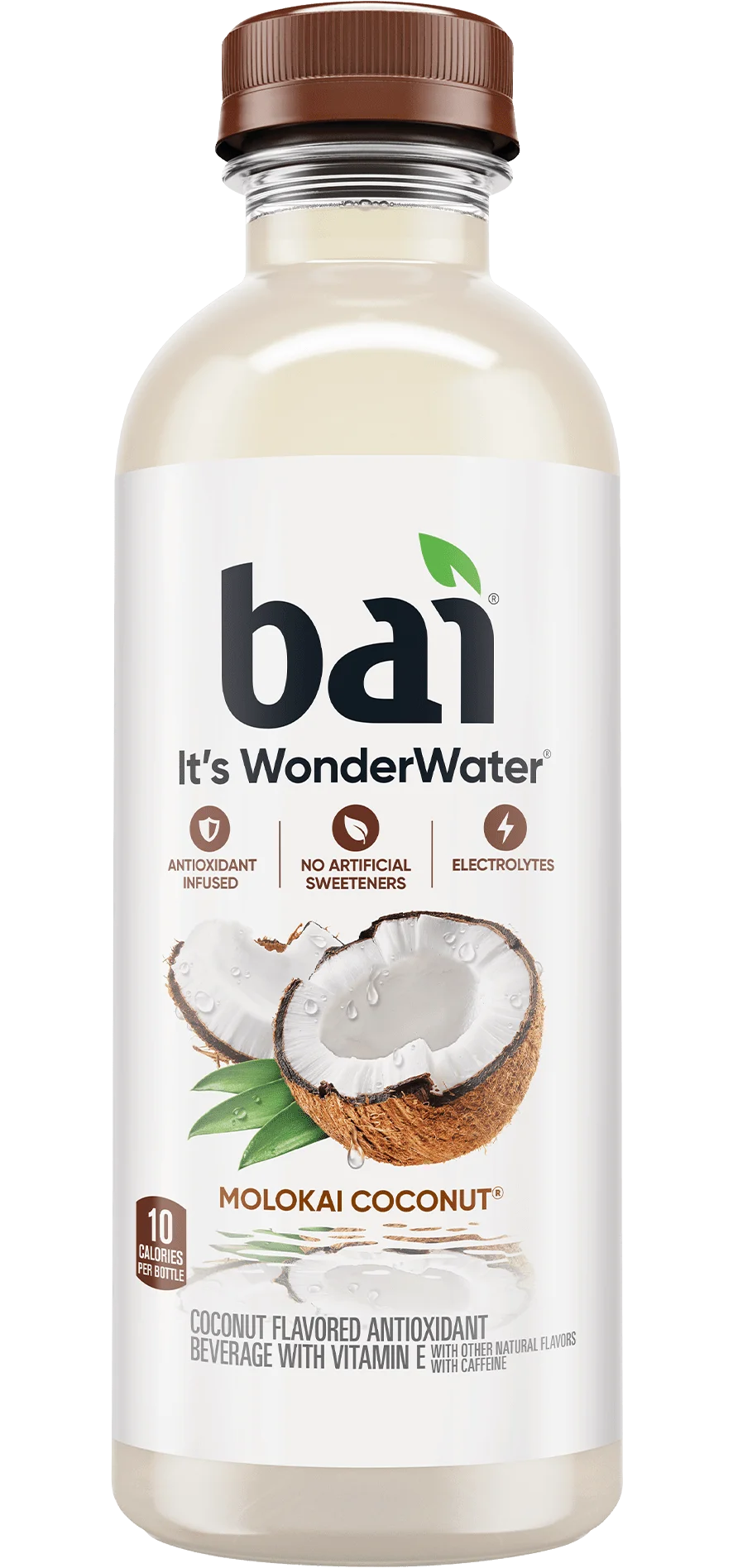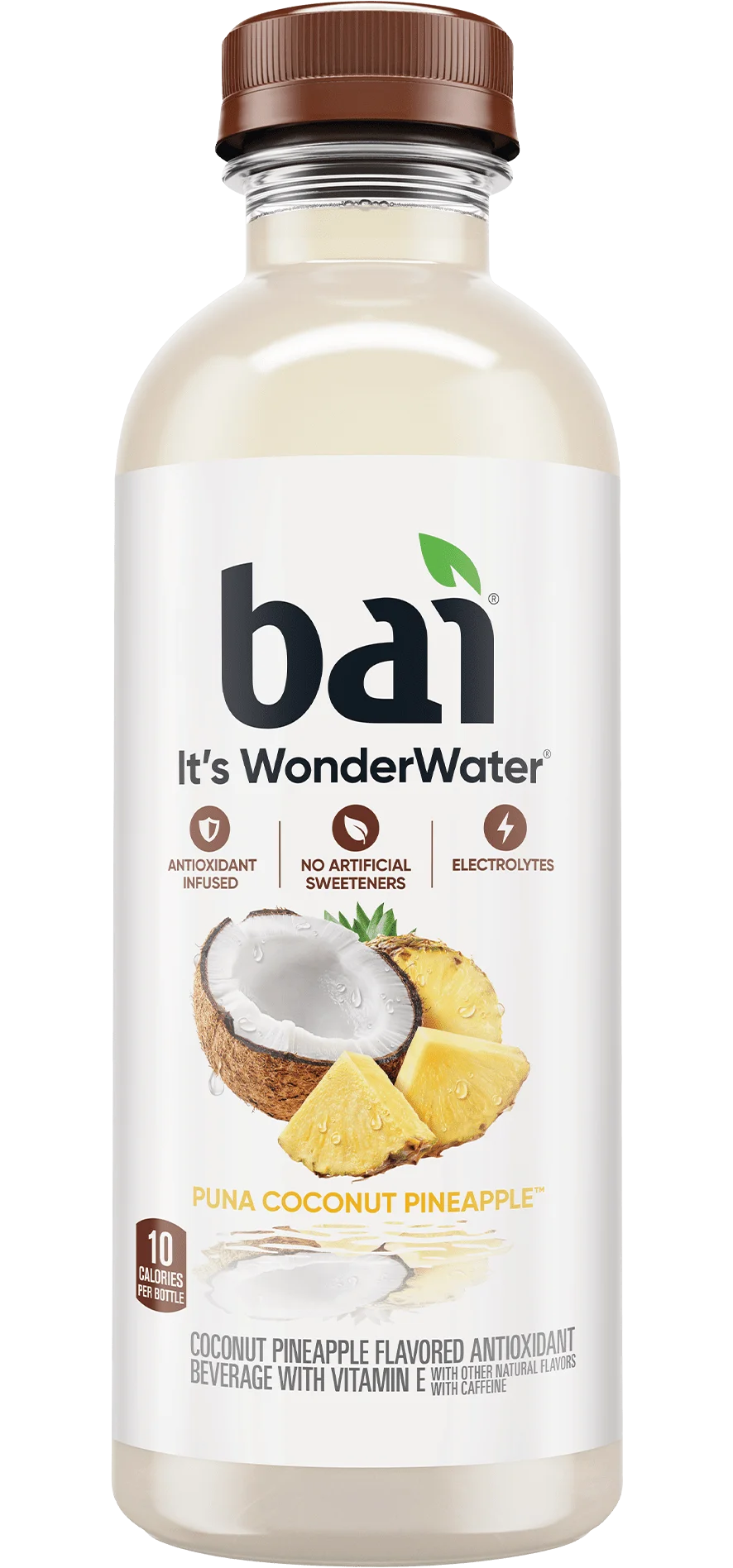Once you understand how to read a food label according to sugars, fats, sodium and other ingredients, you can become a healthy grocery shopping pro. Follow this guide to help you better understand the nutrition facts panel, the ingredients list and some of the more common health claims.
Nutrition Facts Panel
Serving Size: The amount of calories, fat, carbohydrates and other items listed on the nutrition label refer to the serving size in each package. It is easy to eat two to three times the serving size of a food, which means the calories, fat, carbohydrates and such will double or even triple!
Fat: Too much of anything is never a good thing, fat included. But your body does need some fat for healthy metabolic functioning. Look to see that most of the fat content comes from polyunsaturated and monounsaturated fats rather than from saturated and trans fats. Sometimes the label won’t list the healthy unsaturated fats; in this case, subtract the amount of total fat from the amount of saturated fat, and you can infer that the difference is made from the unsaturated fats.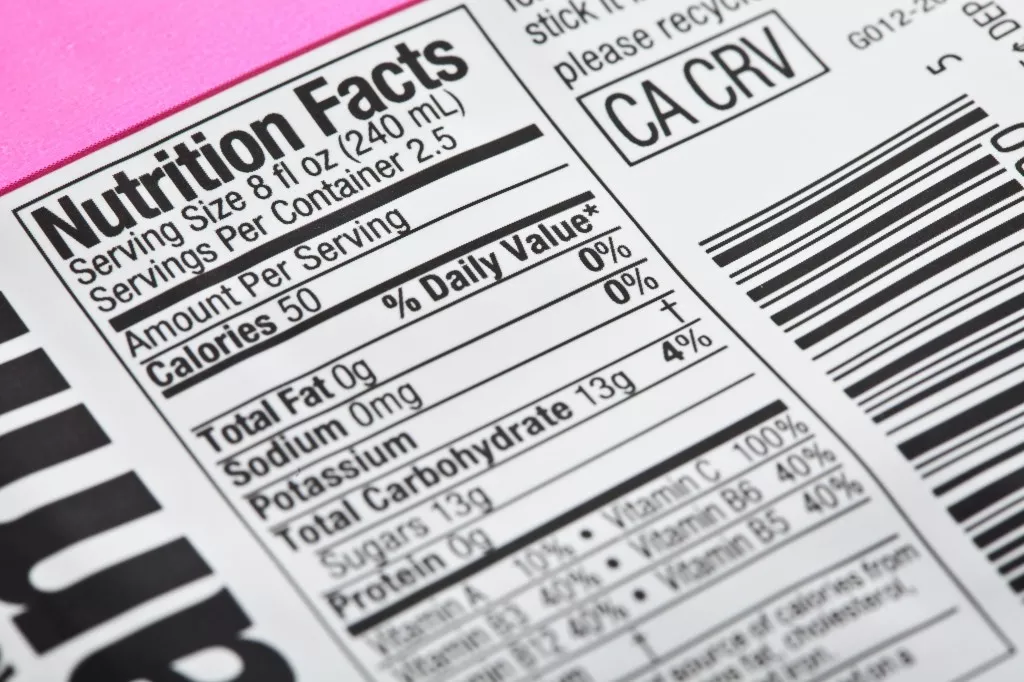
Sugar: Underneath carbohydrates you will find sugar, and healthier items will have less than 10 grams. Cereals and yogurts often times have upwards of 20+ grams of sugar! Although some of this sugar may be naturally occurring from fruit (fructose) and milk (lactose), much of it will be from added sugar especially if sugar is one of the first three ingredients on the list.
Fiber: Fiber is important because it helps to slow the absorption of sugar into the cells, preventing drastic spikes in insulin which, overtime, stresses the endocrine system and paves the way for diabetes. The nutrition label sometimes breaks fiber down into soluble and insoluble, both of which are healthy. Insoluble fiber helps promote regular bowel movements while soluble fiber helps to reduce cholesterol. Look for products with more than 5 grams of fiber.
Sodium: Most pre-packaged, processed foods are very high in sodium. Excessive salt intake is hard on the kidneys and can cause high blood pressure in some people. The Institute of Medicine recommends limiting sodium consumption to 2300 mg per day – equivalent to one teaspoon of salt. You can indulge in processed foods only once in a while but be sure to keep your sodium consumption in check.
Ingredients List
Many additives in processed foods perform specific functions. Preservatives (sodium benzoate, nitrates, BHT) prevent spoilage and help reduce the risk of foodborne illness. The flavors (vanillin, citric acid) are added to enhance a food’s flavor in the event that the food has been reformulated to contain fewer calories, fat and sugar. Leavening agents (sodium bicarbonate), emulsifiers (soy lecithin), stabilizers (carrageenan) and thickeners (xanthan gum) lend specific textures to make the food more palatable. These products have been deemed, “generally recognized as safe,” (or GRAS) by the FDA and have not shown to pose a threat to health in the small amounts they are used.
Health Claims
All Natural: Consumers are often mislead by this claim in particular when they go grocery shopping. There is no regulation for the use of this term because the FDA has no definition for it. When a food or drink item claims to be “all natural” reconsider what that may mean. Even if a food is “natural,” it could be loaded with sugars, gluten and other questionable ingredients, so always read the label thoroughly before you decide to go with the “all natural” product.
Zero Trans Fat: Food companies are technically allowed to include up to 0.5 grams of trans fat and still label it as having zero. Look for and avoid products with the word “hydrogenated” in the ingredient list indicates. This indicates that trans fat is present.
Organic: Defined as having at least 95% organic ingredients. They are free of hormones, “genetically modified” (GMO) ingredients, additives, antibiotics and radiation. If you’re going to buy organic, choose to buy foods in their whole form rather than processed organic versions.



